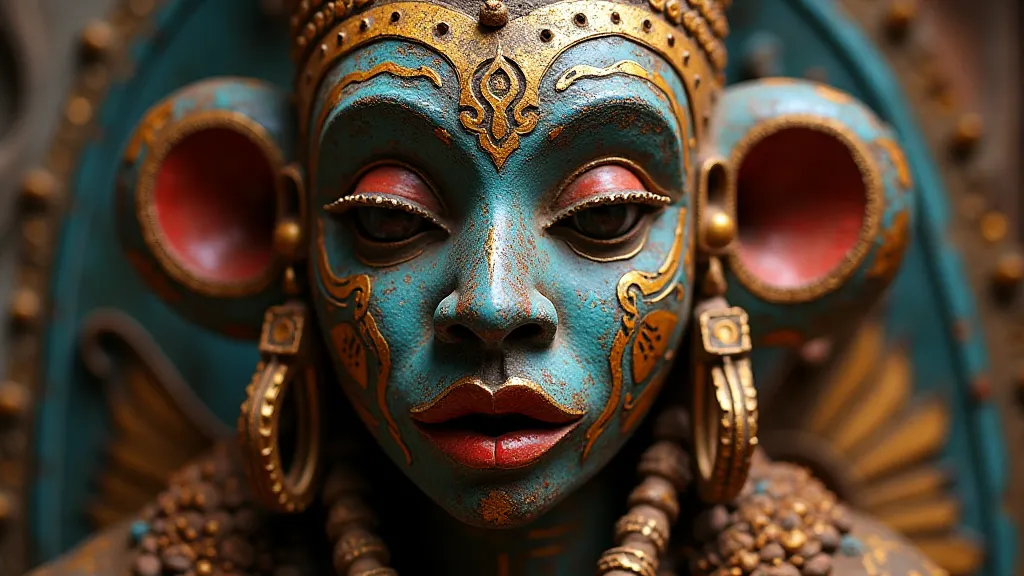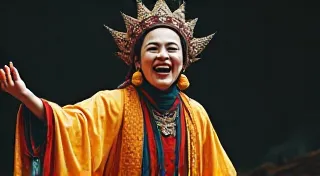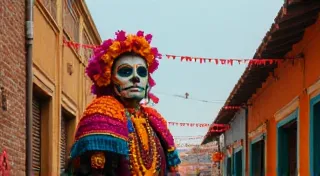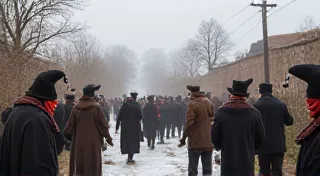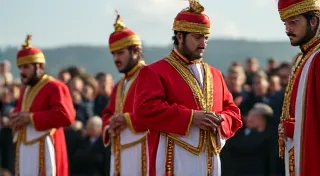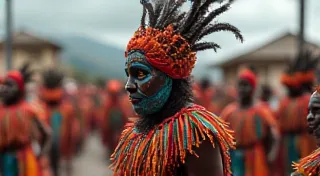The Masks of West Africa: Ritual, Ancestors, and Storytelling
West Africa boasts a rich and vibrant tapestry of mask-making traditions, deeply interwoven with the region's cultural heritage. These aren't merely decorative objects; they are powerful conduits to the spiritual realm, representations of ancestors, and crucial elements in storytelling and performance art. From the bustling marketplaces to the sacred groves, the masks of West Africa tell stories of history, mythology, and the ongoing connection between the living and the dead.
A Spectrum of Materials and Styles
The materials used in West African mask making are as diverse as the regions they originate from. Wood, particularly hardwoods like ebony and mahogany, is a cornerstone. However, masks are also crafted from bronze, raffia, beads, shells, leather, clay, and even animal hides. The specific combination of materials often reflects the local resources and the intended purpose of the mask.
Styles vary dramatically across the region. The elegant, elongated faces of the Mende masks from Sierra Leone contrast sharply with the stylized, geometric forms of the Dogon masks from Mali. The Ghanaian masks from the Ashanti people are renowned for their intricate gold leaf detailing, while the Baule masks of Côte d’Ivoire are known for their realistic portrayals of human faces, often depicting ancestors or spirits.
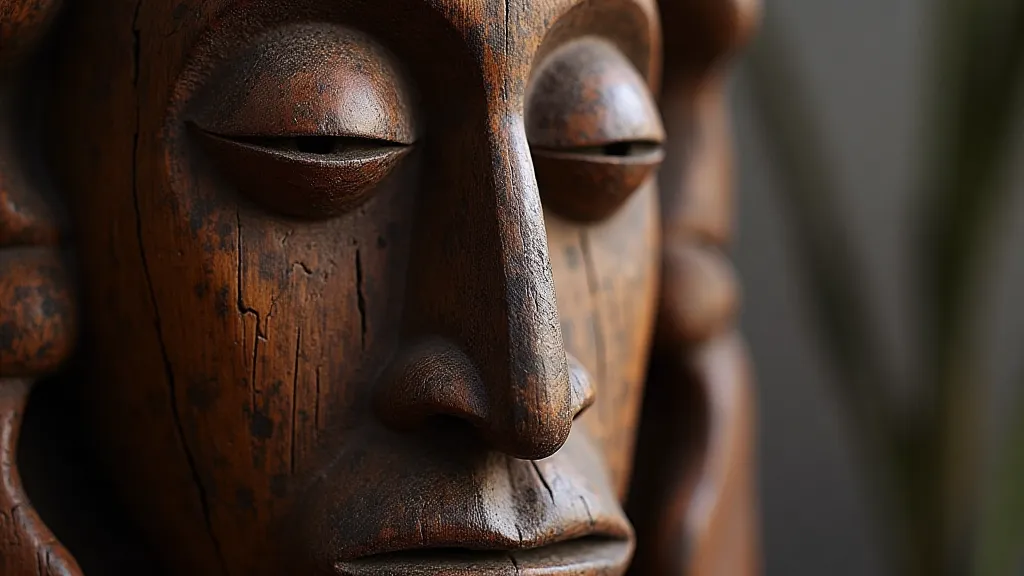
Ritual Significance and Performance
West African masks are rarely displayed casually. They are primarily used in ceremonies, initiations, funerals, and festivals. The masked performers, often initiated members of secret societies, embody the spirits or ancestors represented by the mask. These performances are highly choreographed and steeped in tradition, with strict protocols governing the movement, speech, and behavior of the wearer.
The masks often represent spirits of the forest, ancestors, or mythical creatures. During ceremonies, the masked performer acts as a mediator between the human world and the spirit world, offering prayers, conducting rituals, and ensuring the well-being of the community. The masks are believed to possess a life force, and the wearer must treat them with the utmost respect.
Storytelling and Cultural Transmission
Beyond their ritualistic function, West African masks are powerful tools for storytelling and cultural transmission. Masks often depict characters from myths, legends, and folktales, allowing performers to bring these stories to life for audiences. They are a vital means of passing down knowledge, values, and traditions from one generation to the next. The stories told through masks reinforce community identity and provide lessons about morality, history, and the natural world.
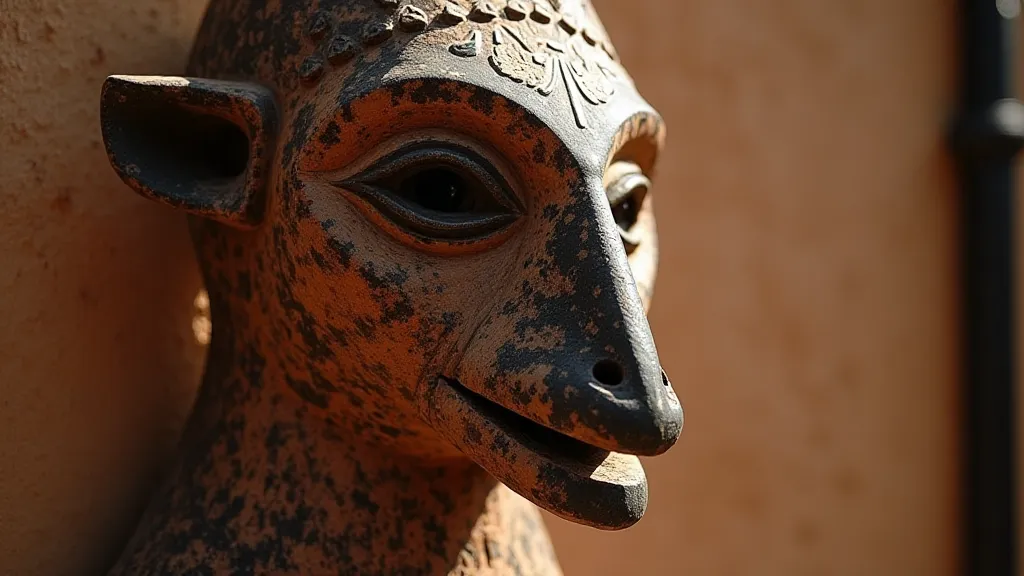
The Legacy and Preservation of West African Mask Making
Despite the impact of globalization and the pressures of modernization, the traditions of West African mask making have largely persevered. However, it's important to acknowledge the challenges faced by these artisans, including the scarcity of traditional materials, the loss of ancestral knowledge, and the commodification of their craft. Efforts are underway to support mask makers, document their techniques, and ensure the continued survival of this invaluable cultural heritage.
The masks of West Africa are more than just objects; they are living embodiments of a profound cultural legacy, connecting the past, present, and future of the region. They serve as a powerful reminder of the enduring strength of tradition and the importance of preserving the rich artistic and spiritual heritage of West Africa.
